
Concept explainers
a.
To compute: The income statement and
Introduction: Income Statement’ shows the revenue earned and expenses incurred over a period of time. It is used to compute the net income for a particular period.
a.
Explanation of Solution
The income statement for the company has been prepared:
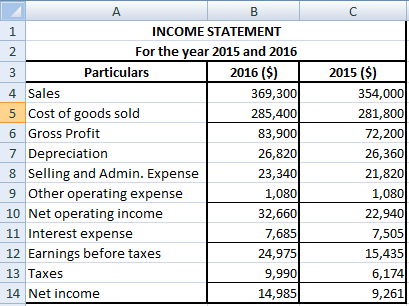
Working note: Preparation of income statement and computation of net income has been shown below:
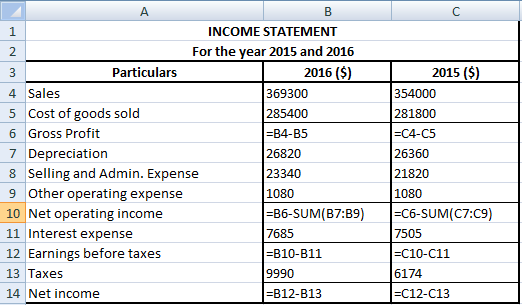
The balance sheet for the company has been prepared:
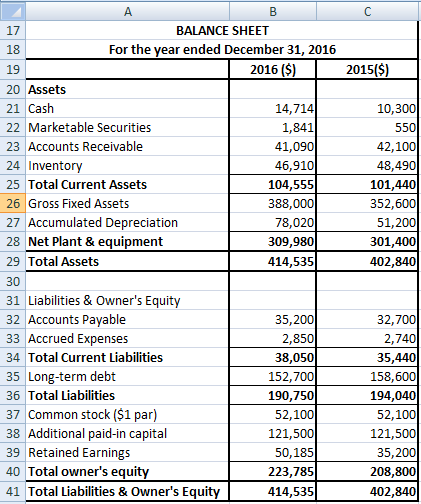
Working note: Preparation of balance sheet has been shown below:
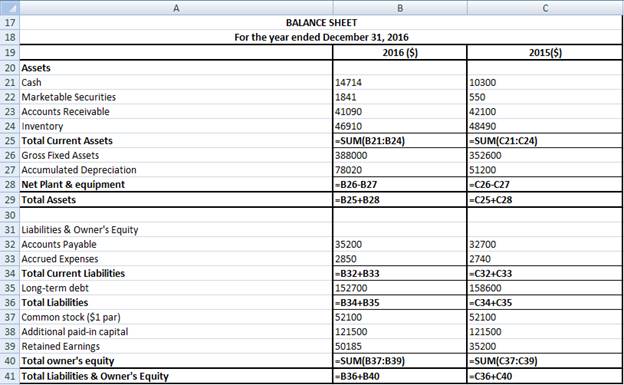
b.
To compute: Create a statement of cash flows for 2016.
Introduction: A cash flow statement shows the aggregate data regarding all the
b.
Explanation of Solution
The cash flow statement for the company has been prepared:
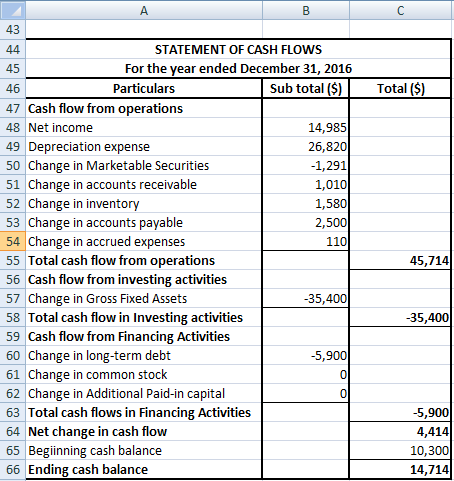
Working note: Preparation of cash flow statement and computation of net cash flow has been shown below:
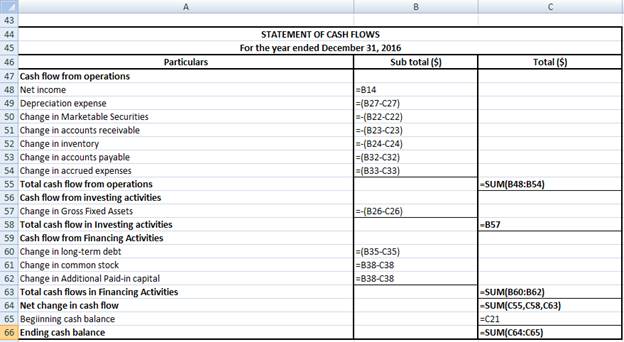
c.
To show: Cash flow statement using outline feature.
Introduction: A cash flow statement shows the aggregate data regarding all the cash inflows and outflows of a company. It considers only cash transactions, any non-cash transaction is mentioned as a footnote.
c.
Explanation of Solution
Cash flow statement can be shown using outline feature as:
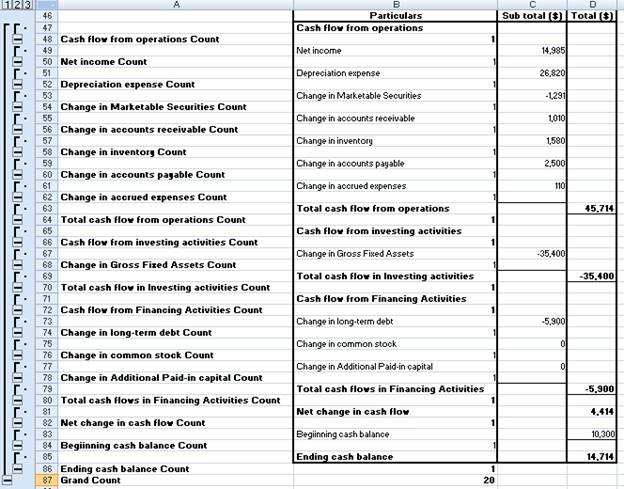
Steps to perform outline:
- Select the entire particulars column.
- Go to ‘Data’ tab.
- Click on sub-total.
- Select ‘Count’ as ‘Use function’.
- Click on ok.
Working note: The cash flow statement for the company has been prepared.
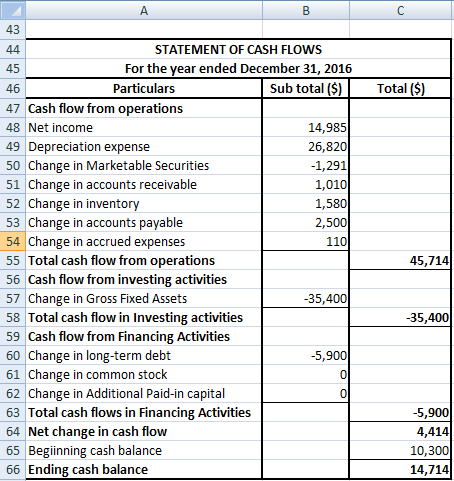
d.
To compute: If sales were $400000 instead of $3,69,300 in 2016 then compute the net income &
Introduction: Income Statement’ shows the revenue earned and expenses incurred over a period of time. It is used to compute the net income for a particular period.
d.
Explanation of Solution
The revised net income could be calculated by changing the net sales figure for 2016:
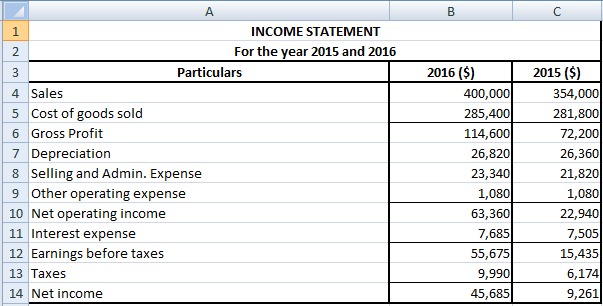
Retained earnings would change automatically as shown below:
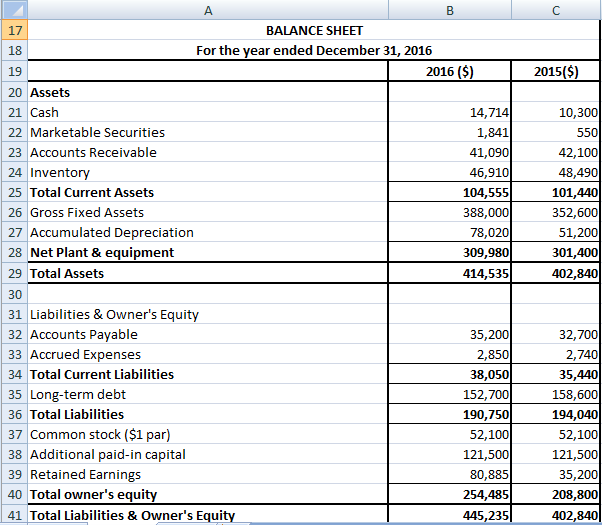
Working notes:
Calculation of net income:
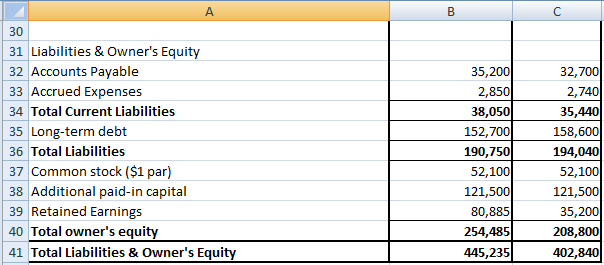
Computation of retained earnings:

If sales were $400000 instead of $3,69,300 in 2016 then net income is $33,405& retained earnings is $68,605.
e.
To compute: If tax rate was 35% instead of 40% in 2016 then compute the net income & retained earnings.
Introduction: Income Statement’ shows the revenue earned and expenses incurred over a period of time. It is used to compute the net income for a particular period.
e.
Explanation of Solution
The revised net income could be calculated by changing tax rate figure for 2016:
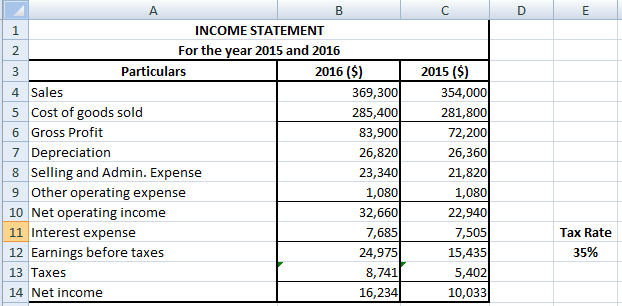
Calculated revised retained earnings:
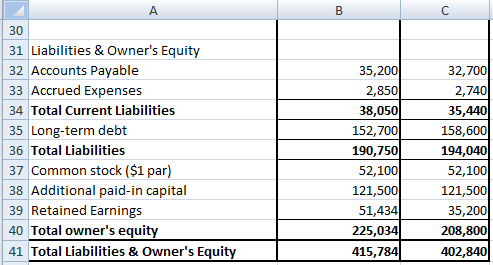
Computation of revised net income:

Computation of retained earnings:
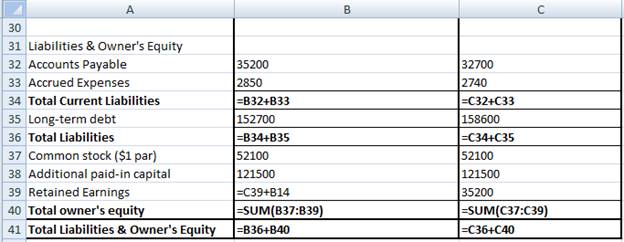
Want to see more full solutions like this?
Chapter 2 Solutions
EBK 3N3-EBK: FINANCIAL ANALYSIS WITH MI
- Purina Pet Food earned $74 million last year and paid out 20 percent of earnings in dividends. a. By how much did the company's retained earnings increase? b. With 36 million shares outstanding and a stock price of $18, what was the dividend yield?arrow_forwardProfessor Brown has just retired after 25 years with Jessup University. Her total pension funds have an accumulated value of $504,000, and her life expectancy is 25 more years. Her pension fund manager assumes he can earn a 9 percent return on her assets. What will be her yearly annuity for the next 25 years?arrow_forwardCaroline Moore has a contract in which she will receive the following payments for the next four years: $10,000, $11,000, $9,000, and $8,000. She will then receive an annuity of $13,000 a year from the end of the 4th through the end of the 10th year. The appropriate discount rate is 11 percent. What is the percent value of all future payments?arrow_forward
- Nick Weber wants to have $120,000 at the end of 10 years, and his only investment outlet is an 8 percent long-term certicate of deposit (compounded annually). With the certificate of deposit, he made an initial investment at the beginning of the year year. How much does Nick need to deposit to get the $120,000 at the end of 10 years. a. What amount could Nick pay at the end of each year annually for 10 years to achieve this same objective?arrow_forwardHigh Hand Nursery has total assests of $900,000, current liabilities of $202,000, and long-term liabilities of $104,000. There is $90,000 in preferred stock outstanding. Twenty thousand shares of common stock have been issued. a. Compute book value (net worth) per share. b. If there is $40,000 in earnings available to common stockholders for dividends, and the firm's stock has a P/E of 22 times earnings per share, what is the current price of the stock? c. What is the ratio of market value per share to book value per share?arrow_forwardNeed the WACC % WACC and Optimal Capital Structure F. Pierce Products Inc. is considering changing its capital structure. F. Pierce currently has no debt and no preferred stock, but it would like to add some debt to take advantage of the tax shield. Its investment banker has indicated that the pre-tax cost of debt under various possible capital structures would be as follows: Market Debt-to-Value Ratio (wd) Market Equity-to-Value Ratio (ws) Market Debt-toEquity Ratio (D/S) Before-Tax Cost ofDebt (rd) 0.0 1.0 0.00 6.0 % 0.10 0.90 0.1111 6.4 0.20 0.80 0.2500 7.0 0.30 0.70 0.4286 8.2 0.40 0.60 0.6667 10.0 F. Pierce uses the CAPM to estimate its cost of common equity, rs, and at the time of the analaysis the risk-free rate is 5%, the market risk premium is 7%, and the company's tax rate is 25%. F. Pierce estimates that its beta now (which is "unlevered" because it currently has no debt) is 1.4. Based on this information, what…arrow_forward
- Ned's Co. has an average collection period of 45 days and an operating cycle of 130 days. It has a policy of keeping at least $10 on hand as a minimum cash balance, and has a beginning cash balance for the first quarter of $20. Beginning receivables for the quarter amount to $35. Sales for the first and second quarters are expected to be $110 and $125, respectively, while purchases amount to 80% of the next quarter's forecast sales. The accounts payable period is 90 days. What are the cash disbursements for the first quarter? Question 4 options: $92 $88 $76 $100 $110arrow_forwardLiberal credit terms for customers is associated with a restrictive short-term financial policy. Question 3 options: True Falsearrow_forwardAn accounts payable period decrease would increase the length of a firm's cash cycle. Consider each in isolation. Question 6 options: True Falsearrow_forward
- Which of the following is the best definition of cash budget? Question 10 options: Costs that rise with increases in the level of investment in current assets. A forecast of cash receipts and disbursements for the next planning period. A secured short-term loan that involves either the assignment or factoring of the receivable. The time between sale of inventory and collection of the receivable. The time between receipt of inventory and payment for it.arrow_forwardShort-term financial decisions are typically defined to include cash inflows and outflows that occur within __ year(s) or less. Question 9 options: Four Two Three Five Onearrow_forwardA national firm has sales of $575,000 and cost of goods sold of $368,000. At the beginning of the year, the inventory was $42,000. At the end of the year, the inventory balance was $45,000. What is the inventory turnover rate? Question 8 options: 8.46 times 13.22 times 43.14 times 12.78 times 28.56 timesarrow_forward
 Managerial Accounting: The Cornerstone of Busines...AccountingISBN:9781337115773Author:Maryanne M. Mowen, Don R. Hansen, Dan L. HeitgerPublisher:Cengage LearningPrinciples of Accounting Volume 1AccountingISBN:9781947172685Author:OpenStaxPublisher:OpenStax College
Managerial Accounting: The Cornerstone of Busines...AccountingISBN:9781337115773Author:Maryanne M. Mowen, Don R. Hansen, Dan L. HeitgerPublisher:Cengage LearningPrinciples of Accounting Volume 1AccountingISBN:9781947172685Author:OpenStaxPublisher:OpenStax College



